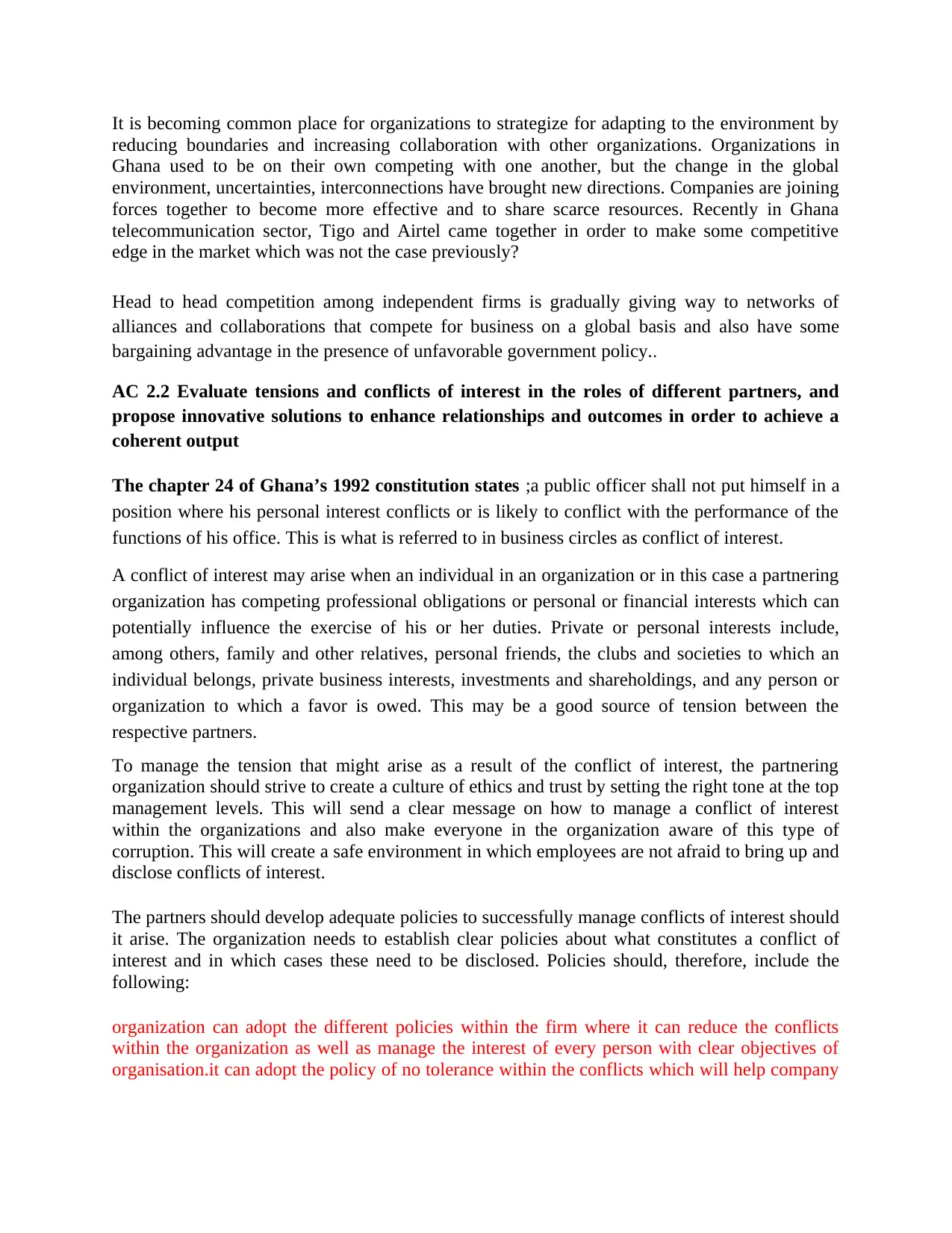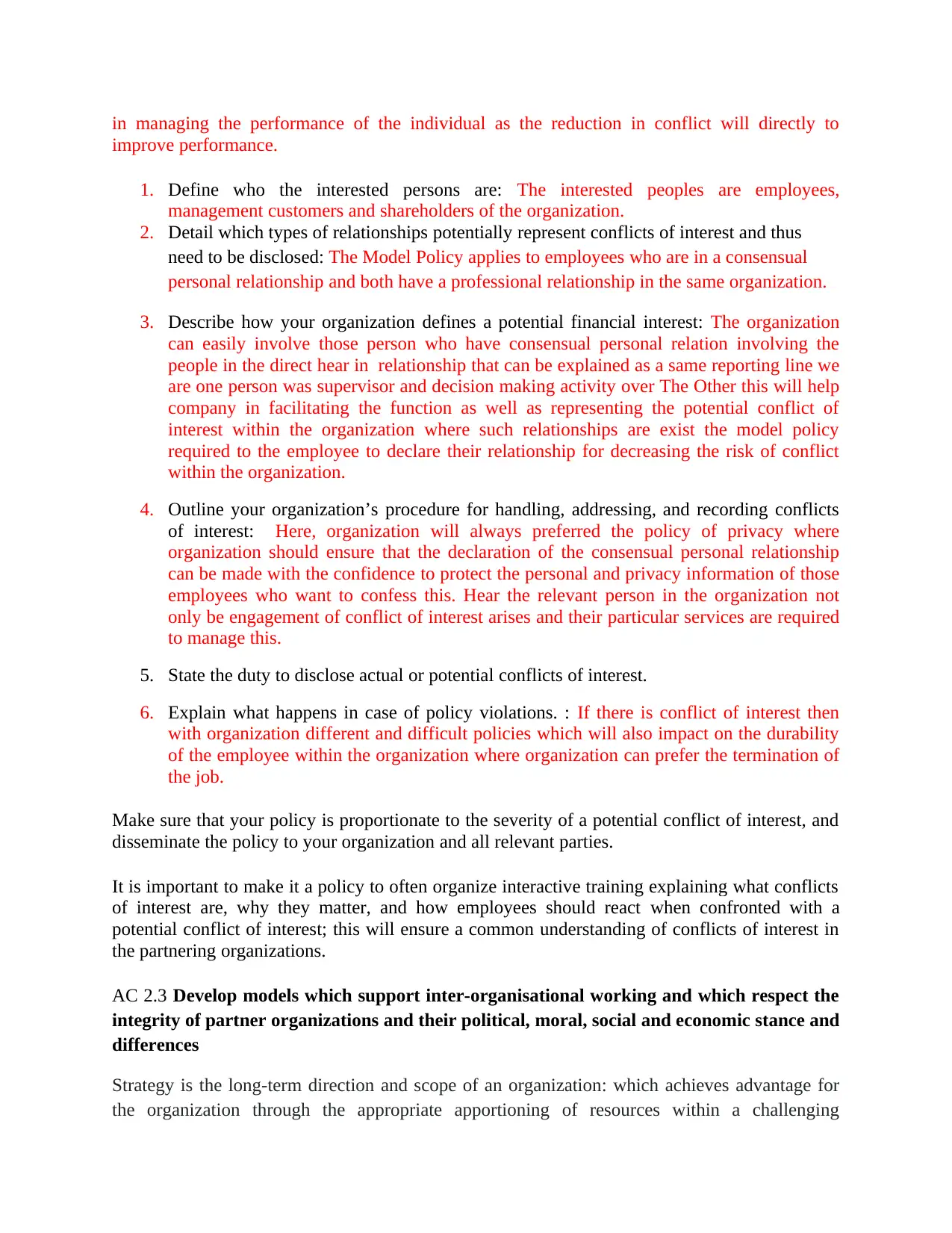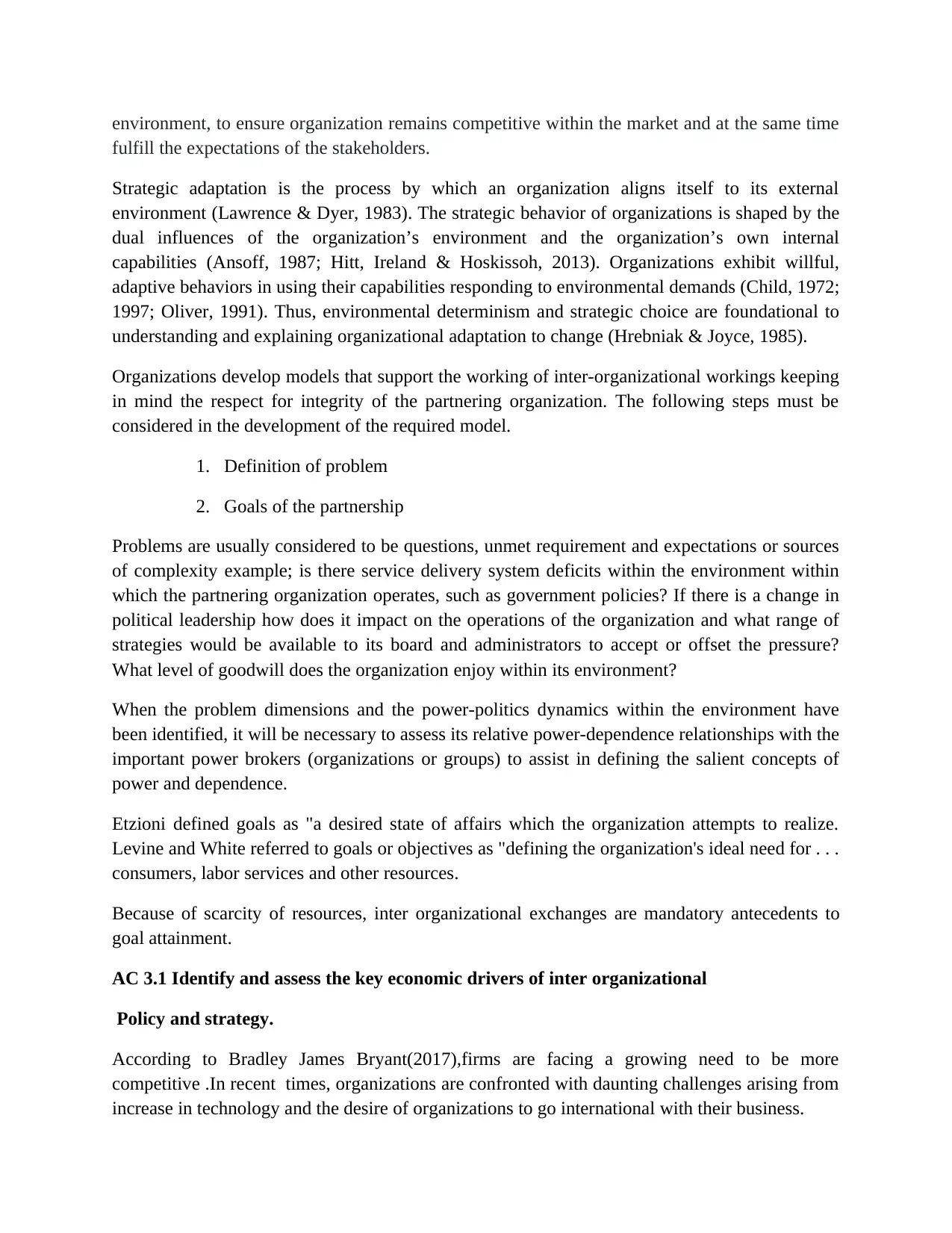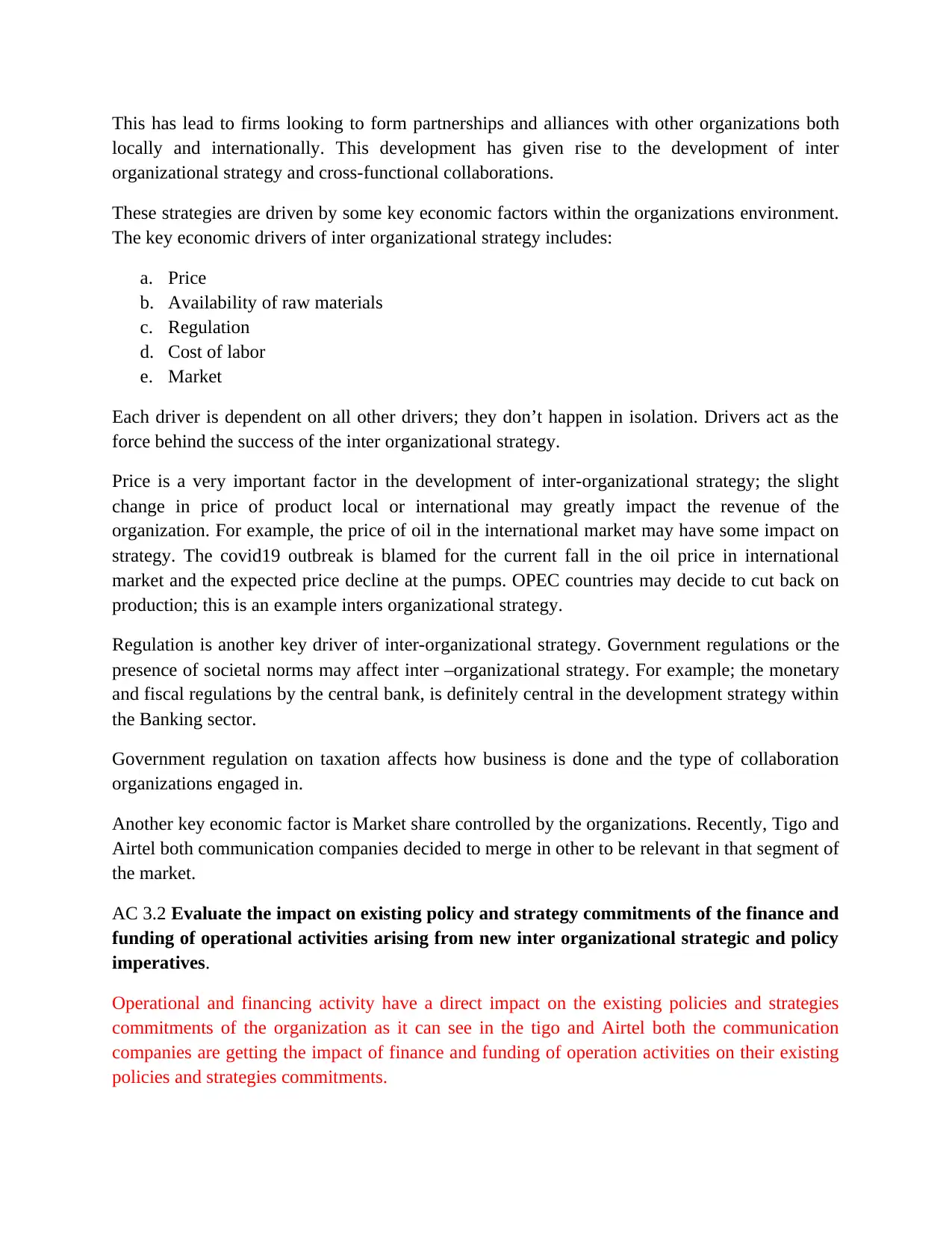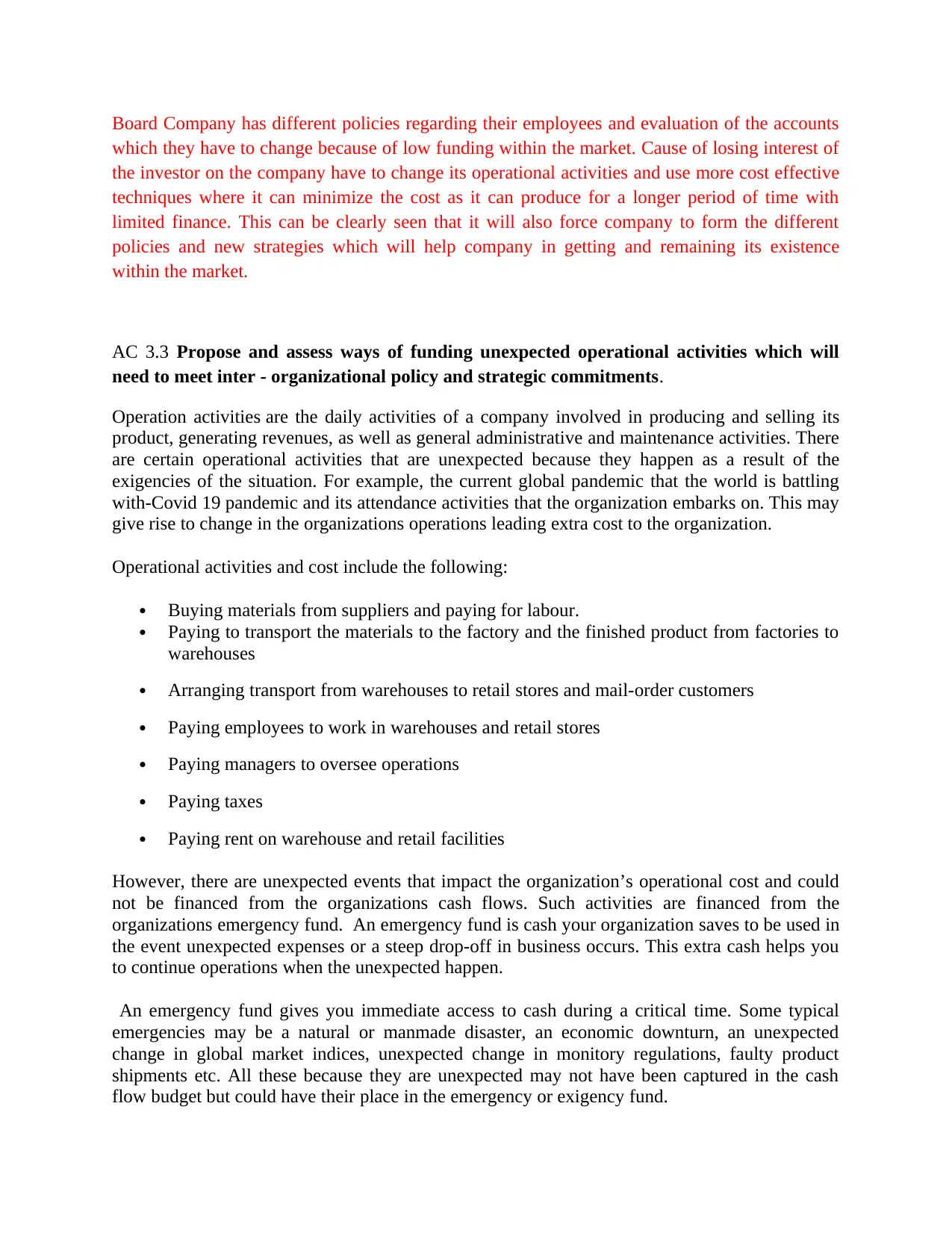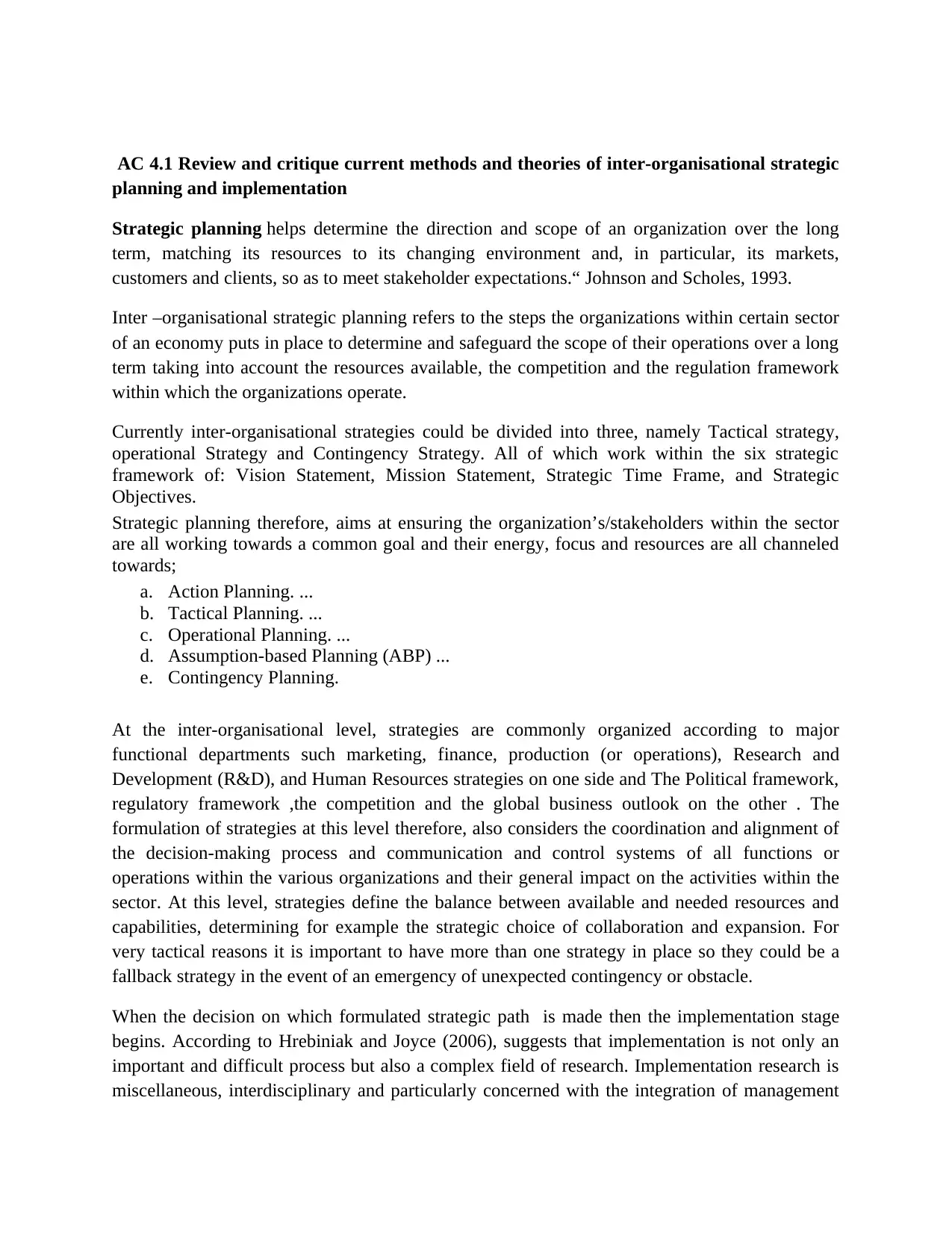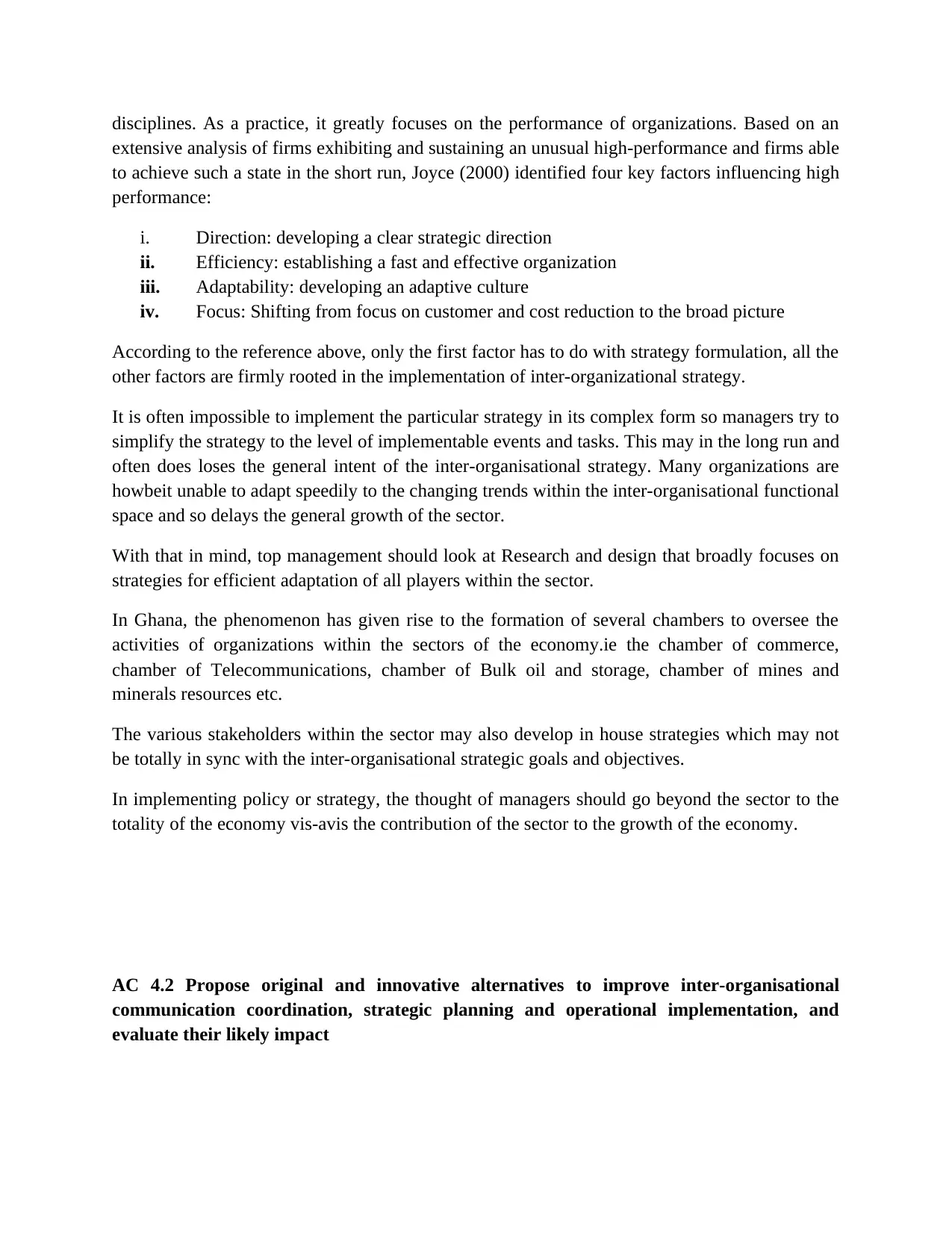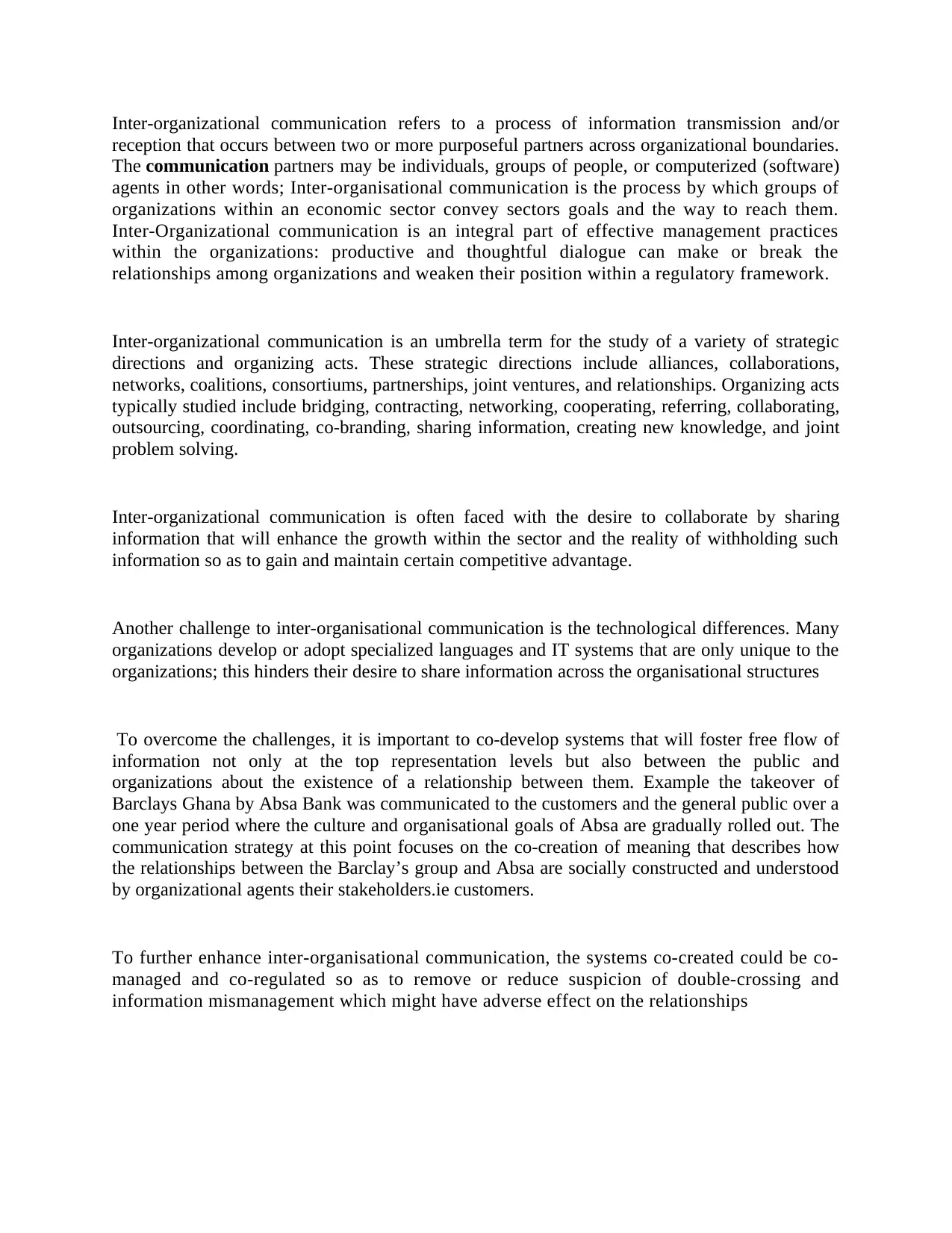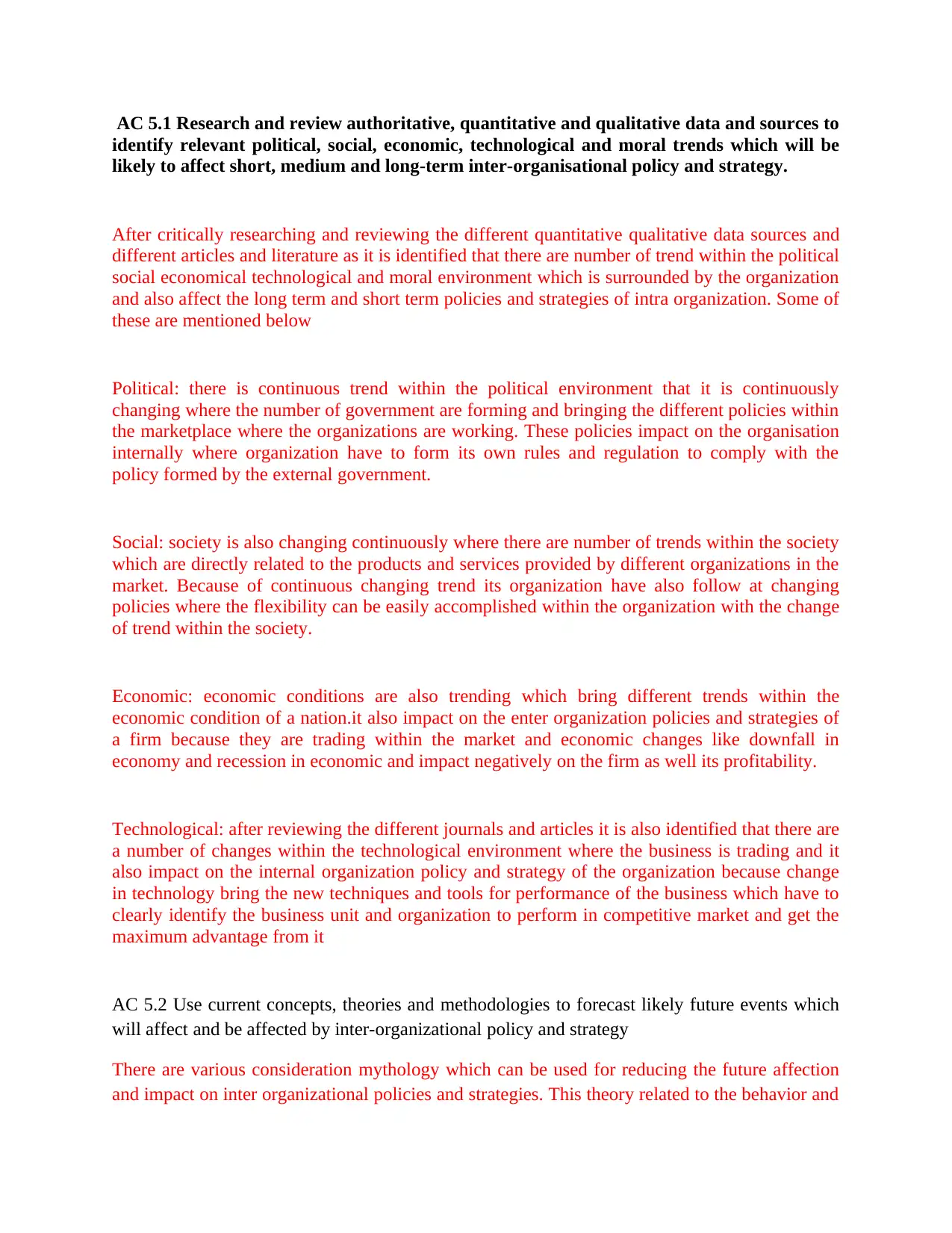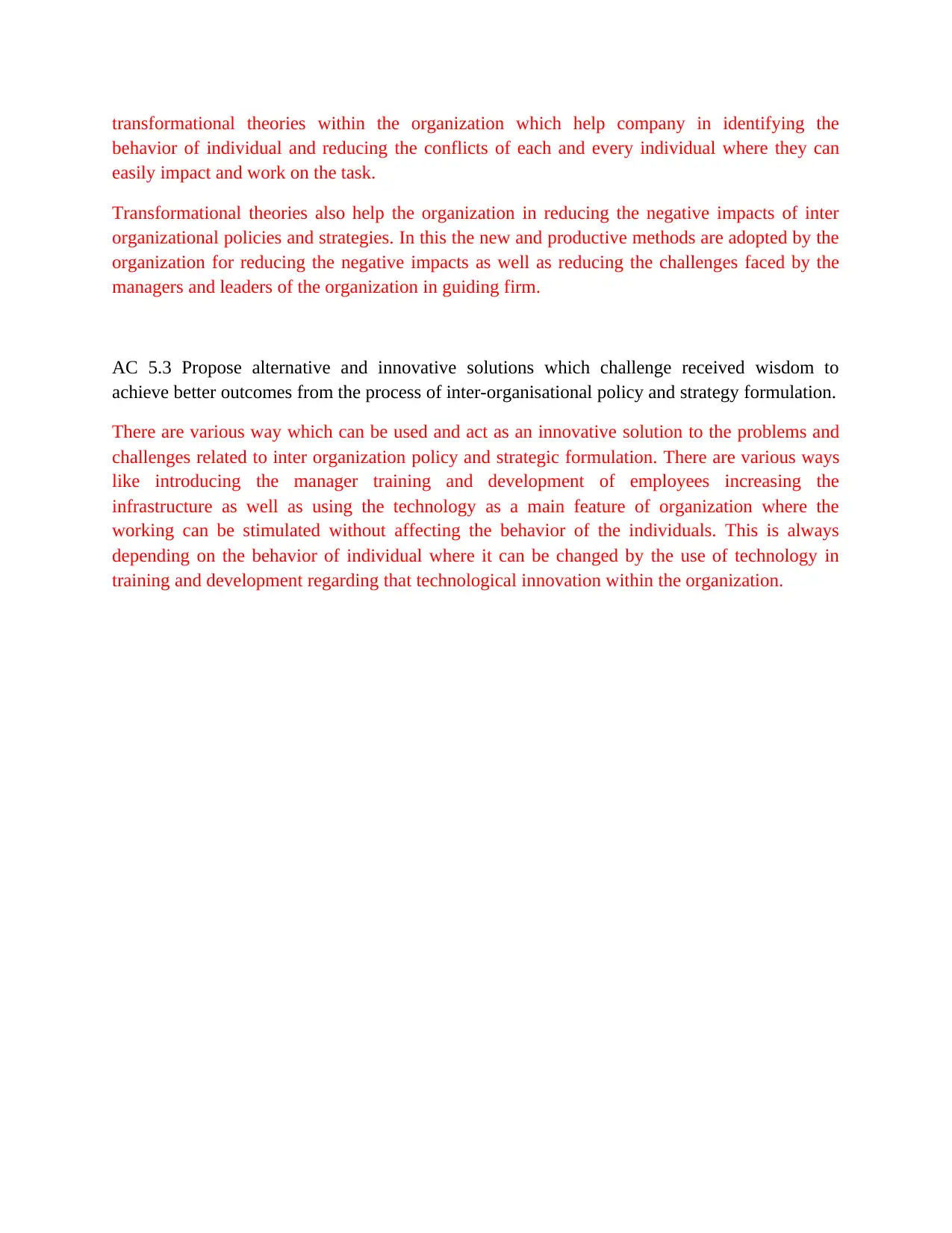This document discusses the relationship between different partners in the development of policy and its impact on inter-organizational strategies. It also evaluates the contribution of economic, political, and social factors to the development of inter-organizational policy and strategy. Additionally, it assesses the role of domestic, national, and multi-national interests in the translation of policy into inter-organizational strategy. The document further identifies and evaluates the policy position of different partners involved in the development and implementation of inter-organizational strategy. It also evaluates tensions and conflicts of interest in the roles of different partners and proposes innovative solutions to enhance relationships and outcomes. Finally, it develops models that support inter-organizational working and respect the integrity of partner organizations and their political, moral, social, and economic stance and differences.
![[object Object]](/_next/static/media/star-bottom.7253800d.svg)
![[object Object]](/_next/static/media/star-bottom.7253800d.svg)

